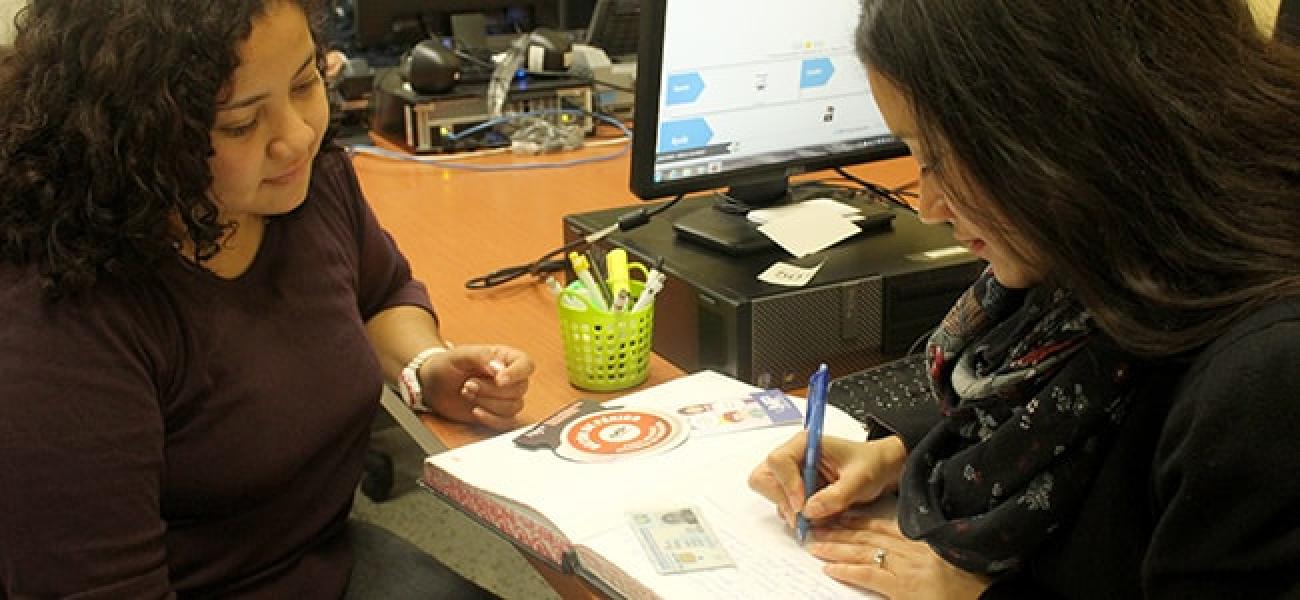Busting silos in statistical capacity in Guatemala

When the Guatemalan government realized that it had failed to achieve 63 percent of the targets of the Millennium Development Goals (MDGs), it was a wake up call. Guatemala has struggled for years to connect, coordinate, and analyze its national statistics, making it difficult for decision makers to understand what investments the country needs to move forward. When the time came to adopt the 2030 Agenda for Sustainable Development in 2015, the Government committed to taking action and help improve the lives of the Guatemalan people.
We knew we needed to up the game on data analysis from different public institutions. Currently, only 15 percent of the indicators of the Sustainable Development Goals can be fully produced by the National Statistical System in Guatemala. In Guatemala, obtaining disaggregated data is not an easy task since most institutions aren’t yet aware of the importance of such data.
For example, obtaining disaggregated data on indigenous peoples and people of African descent is a struggle for national administrative records, despite their best efforts. Fortunately, Guatemala will carry out a population and housing census this year, and with these results, we at the UN hope to obtain disaggregated data about ethnic groups, people living with disabilities, migratory origin and other relevant information.
Need a Data Strategy? We’ve got 70 of them
To address the immediate challenge of limited data, we at the UN in Guatemala formed an inter-agency team of statisticians last year, spearheaded by UNFPA and bringing together UNDP, UN Women, IOM, OHCHR, FAO, IFAD, PAHO/WHO and the World Bank, with the support of the Resident Coordinator’s Office. This team came together to identify the resources that each agency had and what type of data we needed to achieve the Global Goals in the country.
We wanted to do three things: 1) strengthen the National Institute of Statistics by developing strategies according to each statistical office in the country; 2) systematize good practices at the national level regarding health-related statistics; and 3) work with public institutions on participatory statistics management and SDG indicators to mainstream the 2030 Agenda for Sustainable Development.
For us at the UN, one “aha” moment was discovering that public institutions have very diverse statistical capacities. Through this exercise, we were able to see the level of disparity and the gaps that we as the UN can help fill in order to collect data better. Out of 70 statistical strategies that we identified with the National Institute of Statistics, we helped fine-tune the six that we considered to be essential for producing relevant data for the SDGs in Guatemala.
The institutions we are working with are:
- The Ministry of Agriculture, Livestock, and Food
- The Ministry of Public Health and Social Assistance
- The Ministry of Environment and Natural Resources
- The National Telephone Fund
- The National Coordinator for Disaster Reduction; and
- The Ministry of Security
These public institutions are contributing to various SDGs, including: SDG 2 Zero Hunger; SDG 3 Good Health and Well-Being; SDG 6 Clean Water and Sanitation; SDG 11 Sustainable Cities and Communities; SDG 12; Responsible Consumption and Production; SDG 13 Climate Action; SDG 15 Life on Land; and SDG 16 Peace, Justice and Strong Institutions, to name a few.
Currently, the National Institute of Statistics is doing an in-depth analysis of these six key statistical strategies to develop an overarching plan for the production and management of national statistics, with an emphasis on baseline development, including SDGs indicators. The goal is for Guatemala to increase the percentage of monitored indicators for the 2030 Agenda from 15 percent to nearly 40 percent. The data that we obtain from these strategies will help us to disaggregate data related to gender, age and geographical location represented in the rates of population.
Helping improve health stats
Another important area of work is the collaboration between PAHO/WHO, the National Institute of Statistics, the Ministry of Public Health and Social Assistance and the National Registry of Persons to systematize vital statistics, such as the number of births, marriages, and deaths.
In the coming months, the National Institute of Statistics will publish a report that we developed collectively as an example of best practices for collecting statistical data. The report highlights the challenges that the public institutions face, because until now, Guatemala had limited resources to generate and produce quality data, hindering institutions from taking evidence-based decisions.
Taking the field experience to a virtual class
Together with UNDP Colombia and the National Institute of Statistics, we developed an e-course, aimed at national officers working in public institutions that are part of the National Statistical System. This e-course will run from May to June 2018 and will be delivered through webinars and a virtual panel to a group of 40 people. The added value of this online course is that it’s being adapted to the Guatemalan national context and each participant will receive personalized feedback from the instructor. We also want to reach national officers that live outside the capital city. The National Institute of Statistics will be responsible for following up with the liaison officers and we hope that this tool be used widely across all public institutions to continue empowering national officers.
If you are interested in using this Spanish language course for your context, let us know. As for us at the inter-agency statistics team at the UN in Guatemala, the silo-busting has only begun...













